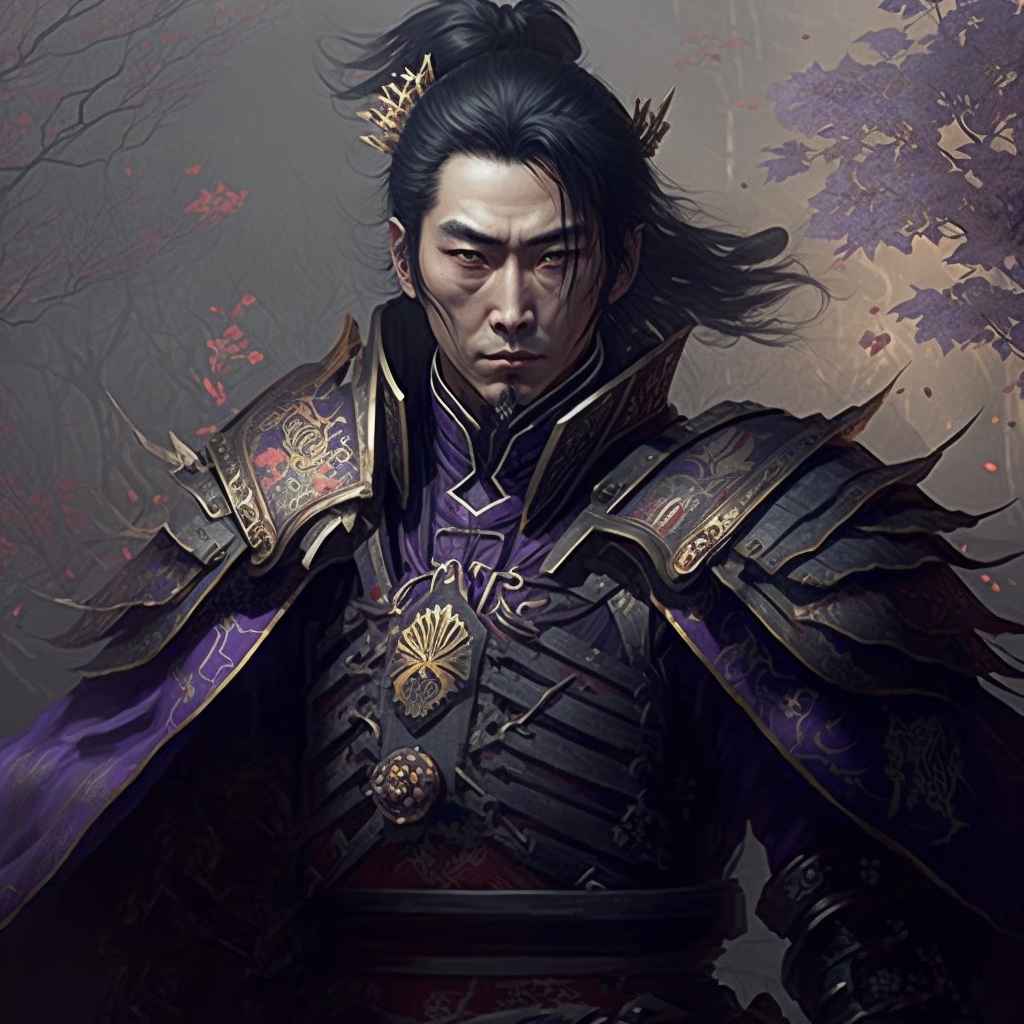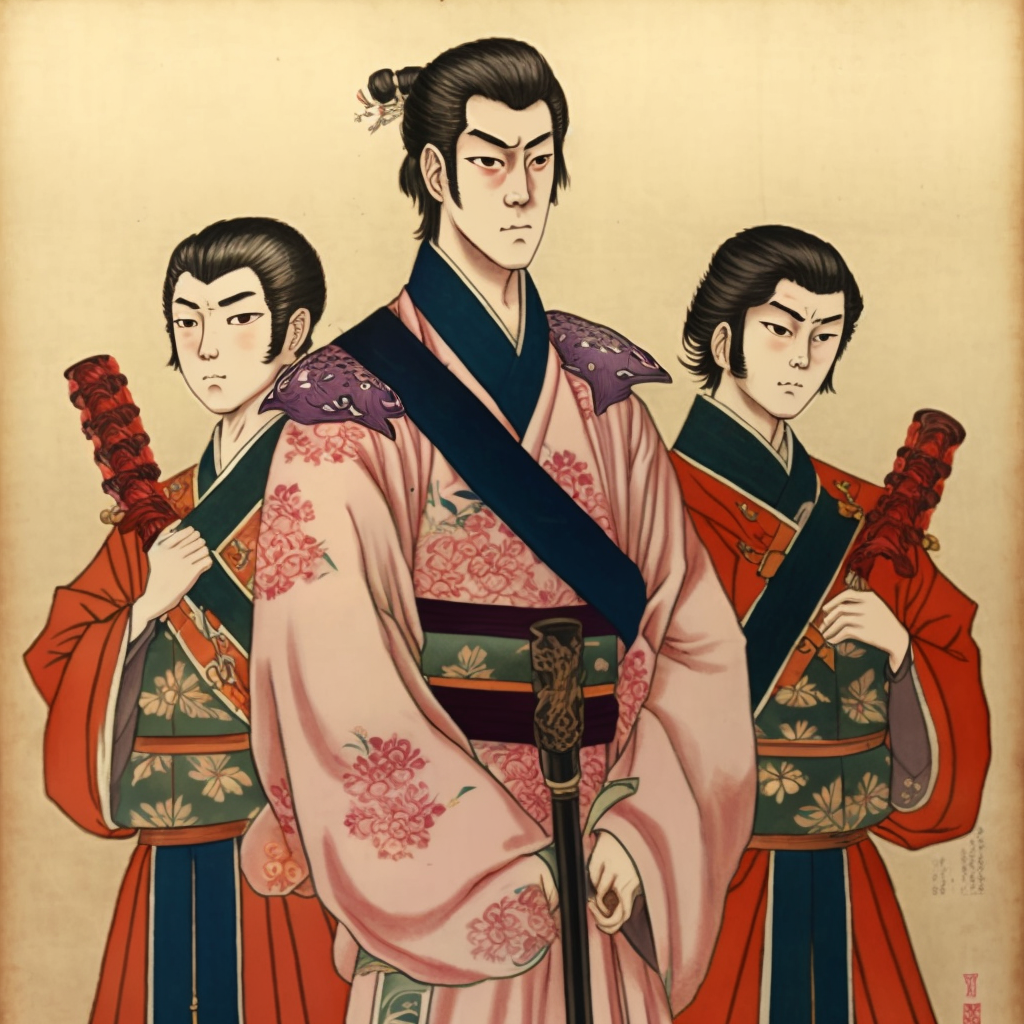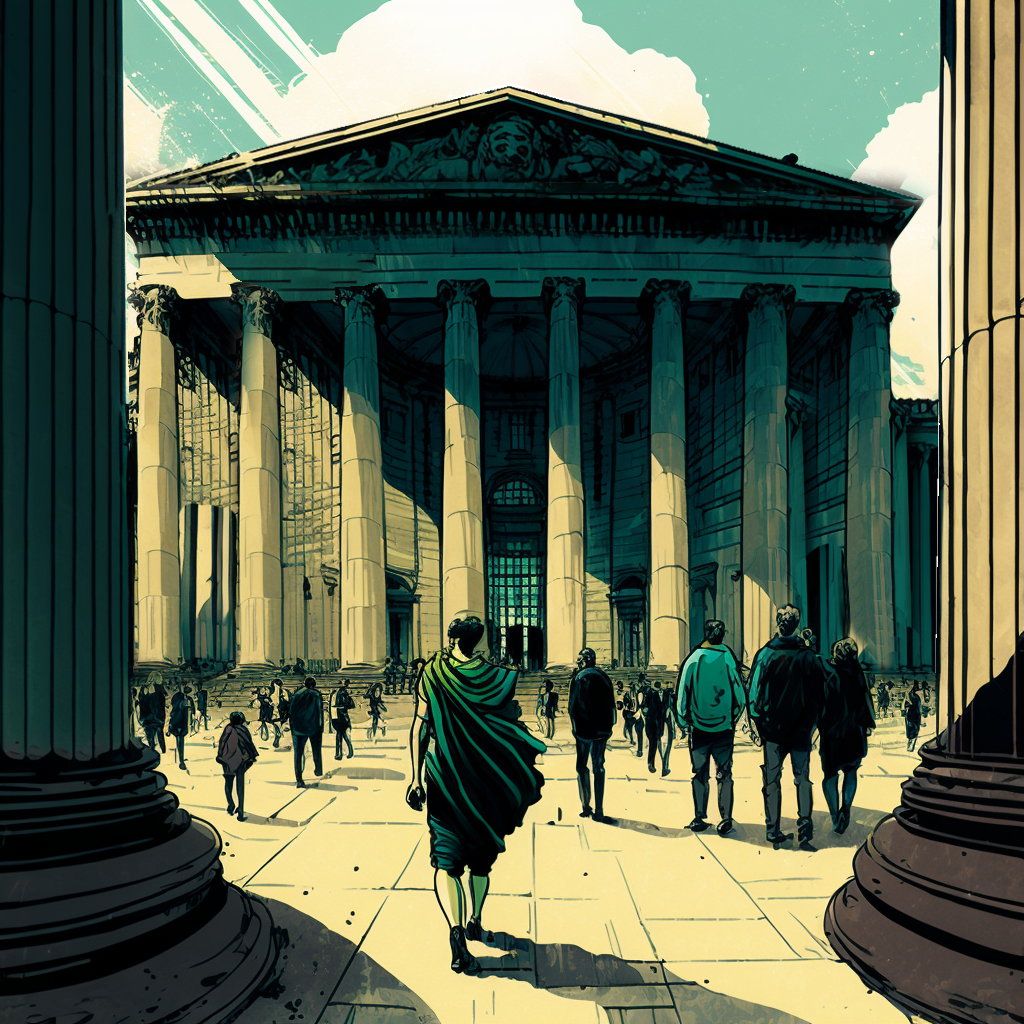THE MUROMACHI PERIOD (1333-1573)
The Muromachi period is a period of Japanese history that took place between the years 1336 and 1573. It is named after the Muromachi district in Kyoto, where the seat of the shogunate of Japan was located. This period is characterized by the decline of imperial power in Kyoto and the development of a feudal society ruled by military lords, called daimyos.
It is a troubled and very rich period in the history of Japan. As early as 1318, Emperor Go-Daigo attempted to regain power from the Hôjô. In 1333 General Ashikaga Takauji, a descendant of the Minamoto, rallied to the emperor, annihilated the Hôjô and destroyed Kamakura. Three years later Takauji betrayed Go-daigo, became the master of Kyoto and reestablished the shogunate for the benefit of his clan. He then fixed his residence in the Muromachi District. Emperor Godaigo retreats to southern Japan, establishing “The Southern Court”, while Takauji places a new emperor in Kyoto.
But the reign of the Ashikaga will not be easy. In 1392 Shogun Yoshimitsu put an end to the rivalry between two imperial courts claiming the throne and strengthened the authority of the Bakufu. His power and glory surpass successive emperors. He then decided to build a hana no Gosho palace, a rokuon-ji monastic residence in kitayama and in 1398 the “kinkaku-ji” golden pavilion where he died there in 1398. Civil war, peasant revolts, war of succession (War d’Onlin 1467-1477), gradually lost all the authority of the Shoguns over the country.
During the Sengoko Period 1478-1573 – of knights and heroes – between civil wars and the dissolution of the State, new “daimyos” families ousted the old ones. Their vassals constitute the warrior caste of samurai. Confucianism by embodying itself in the sacred way “bushido” creates the Japanese chivalrous ideal, in addition to the art of combat (bow, fencing…) we tend towards the virtues of loyalty to the tenno and to the family. Matters of honor are not settled by duel, but by suicide (seppuku / Hara-kiri). Japan at last at peace is in the hands of the Ashikaga.
During the 13th and 14th centuries, Zen Buddhism, spread by the Rinzai and Soto schools, was distinguished by the place given to seated meditation or zazen, allowing one to obtain enlightenment (find the Buddha deep within oneself). and thus free themselves from the cycle of rebirths). Many Zen temples were then created, including the Ryoan-ji.
This period will be an opportunity for significant artistic renewal, led by the Shogun, and no longer by the Imperial court. The most original is the creation of a new form of lyrical theatre, Nô, a kind of danced and masked musical drama.
The wars for the unification of Japan, but above all the arrival of firearms in the 16th century, would profoundly mark the architecture of Japanese strongholds and castles. Almost all the castles that Japan has were built in the 16th century between 1550 and 1650. The first castle built during this period was Azuchi Castle in 1457 for Oda Nobugana. This building served as a model for all the others.
Institutions in Zen monasteries, the tea ceremony (“Chanoyu” translated as “hot water for tea”), a means of detaching man from his external tensions through aesthetic meditation, is gradually opening up to lay people. Taking place according to the principles of simplicity and rusticity with harmonious and controlled gestures, its practice leads to the development of other arts such as those of ceramics, metal lacquer and the arrangement of flowers (ikebana). The architecture of the tea houses, which always include a garden, is also inspired by Zen (Saiho-ji in Kyoto, koke dera “moss temples” founded by the priest Muso Kokushi in 1339, a reformer of Zen Buddhism.
Focus on the Sengoku period
The Sengoku period is a period of Japanese history that took place between the years 1467 and 1603. It was a time of continuous civil war and power struggle between many daimyo (feudal lords) of Japan. The conflict eventually resulted in the unification of Japan under the Tokugawa shogunate. This period is considered a period of great political, social and cultural changes in Japan, which had a significant impact on the country’s further development.
Here are the main events and dates of the Sengoku period in Japan:
1467: Beginning of the Sengoku period, marking the beginning of the civil war in Japan.
1543: The first European firearms arrive in Japan, bringing a new dimension to warfare.
1568: Feudal lord Oda Nobunaga seizes power and begins to unify the country by subjugating other daimyos.
1582: Feudal lord Toyotomi Hideyoshi takes power after the death of Oda Nobunaga. He pursues the policy of unification and centralization of power in Japan.
1592-1598: The War of the Imjin Invasion waged by Korea and China against Japan.
1600: The Battle of Sekigahara, which saw feudal lord Tokugawa Ieyasu triumph over his rivals and become the new leader of Japan.
1603: The Tokugawa shogunate is founded and the Edo period begins, marking the end of the Sengoku period and the unification of Japan under the Tokugawa shogunate.
These events had a major impact on the political, social and cultural development of Japan and played a crucial role in the country’s history.



